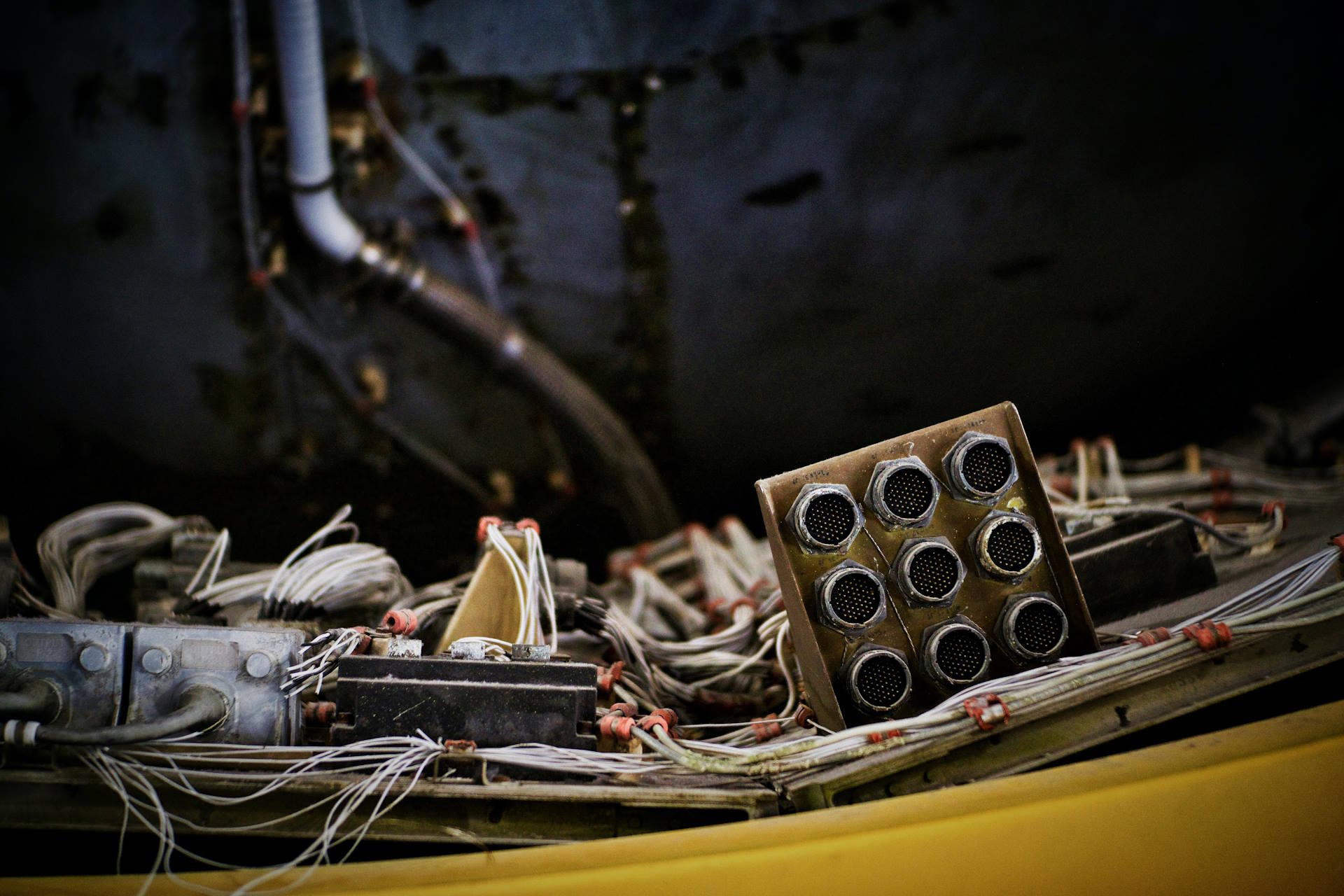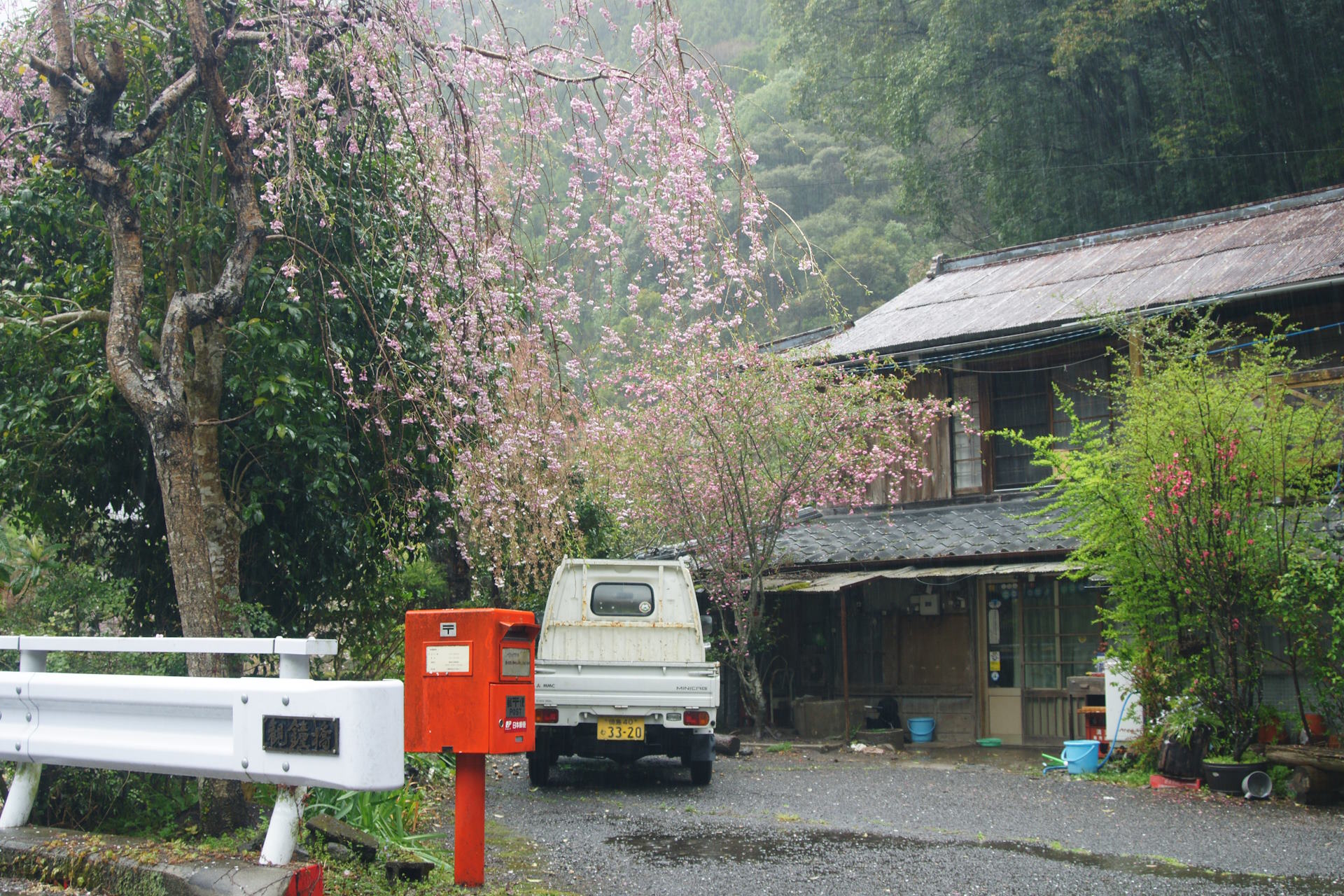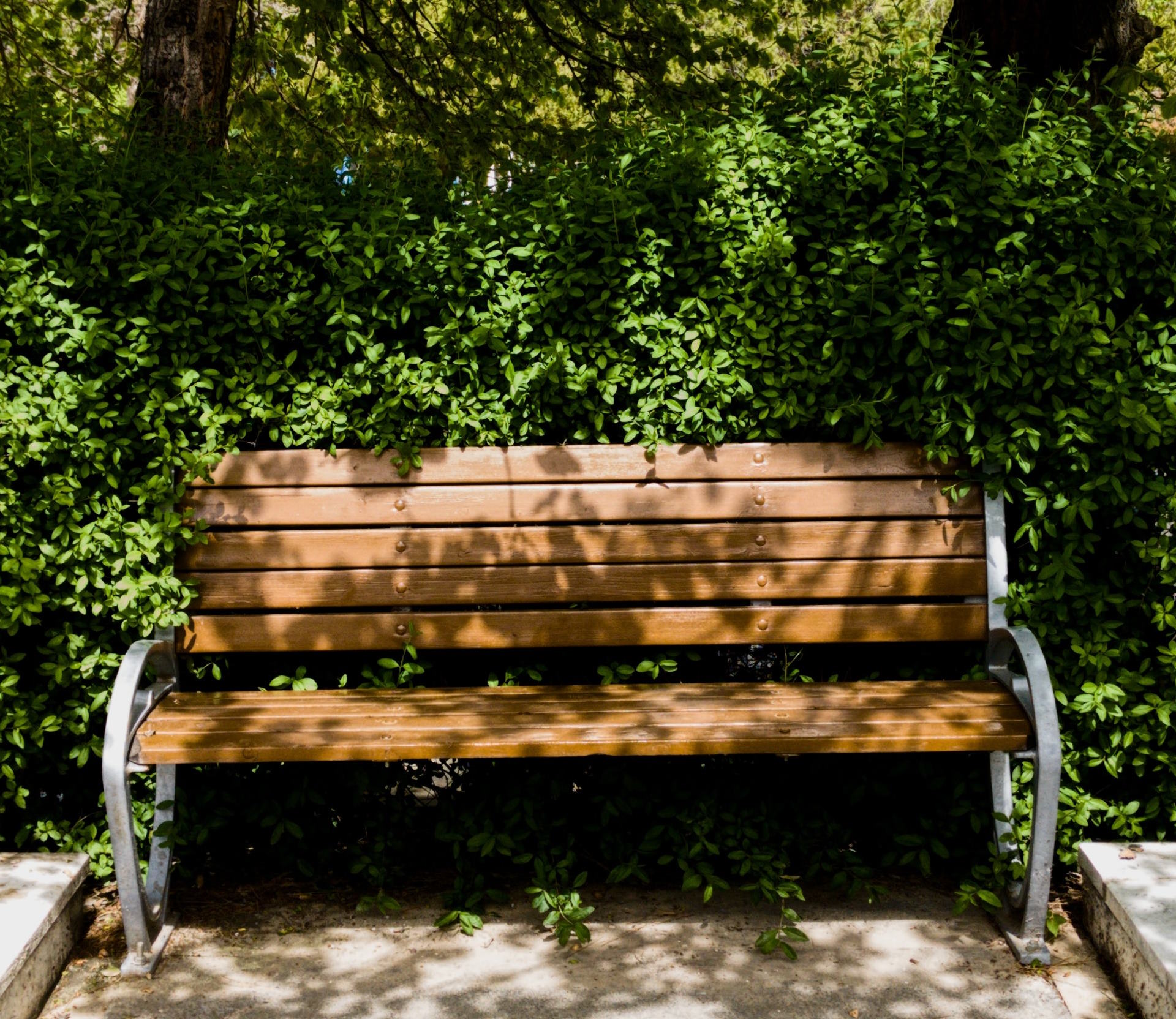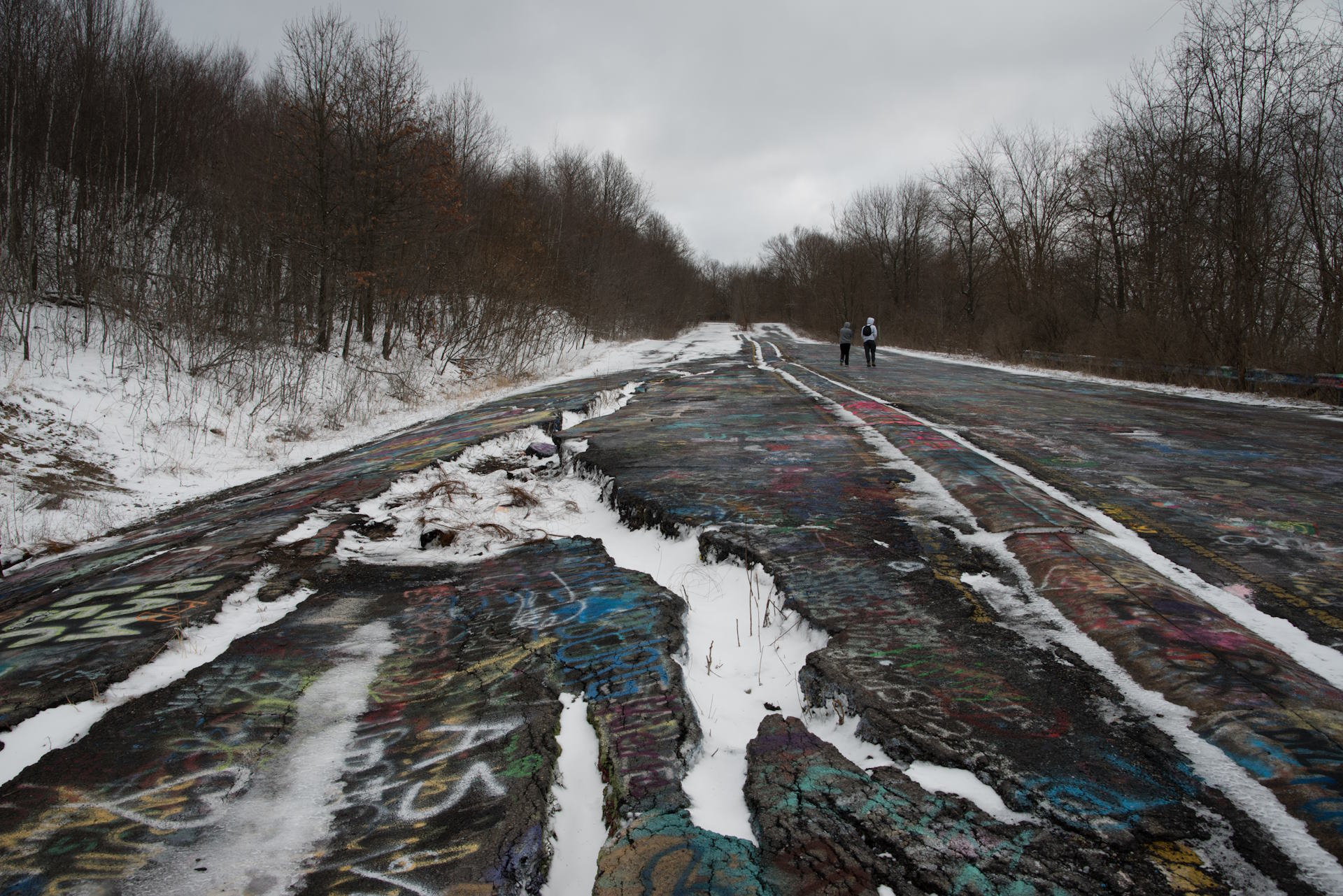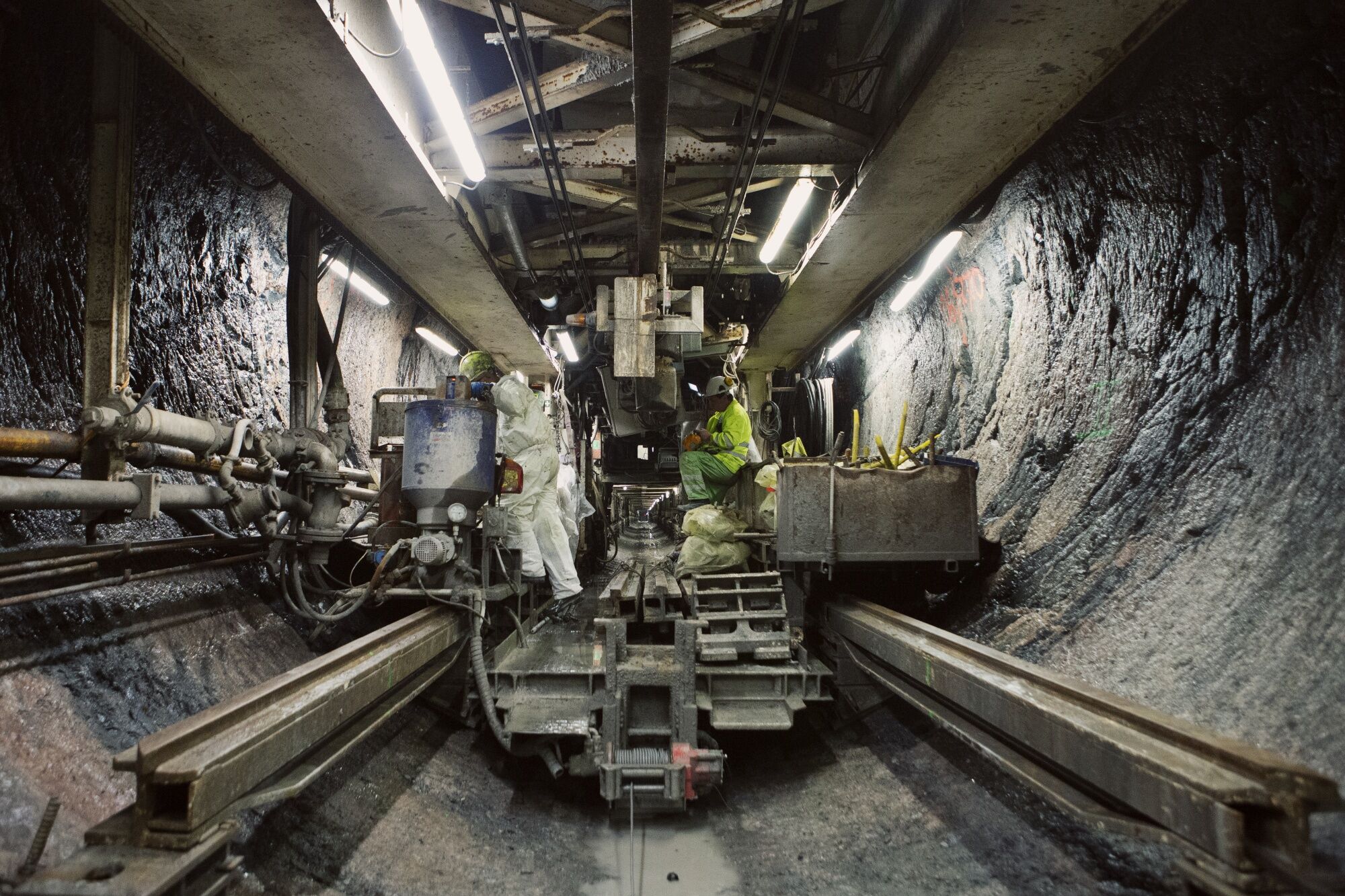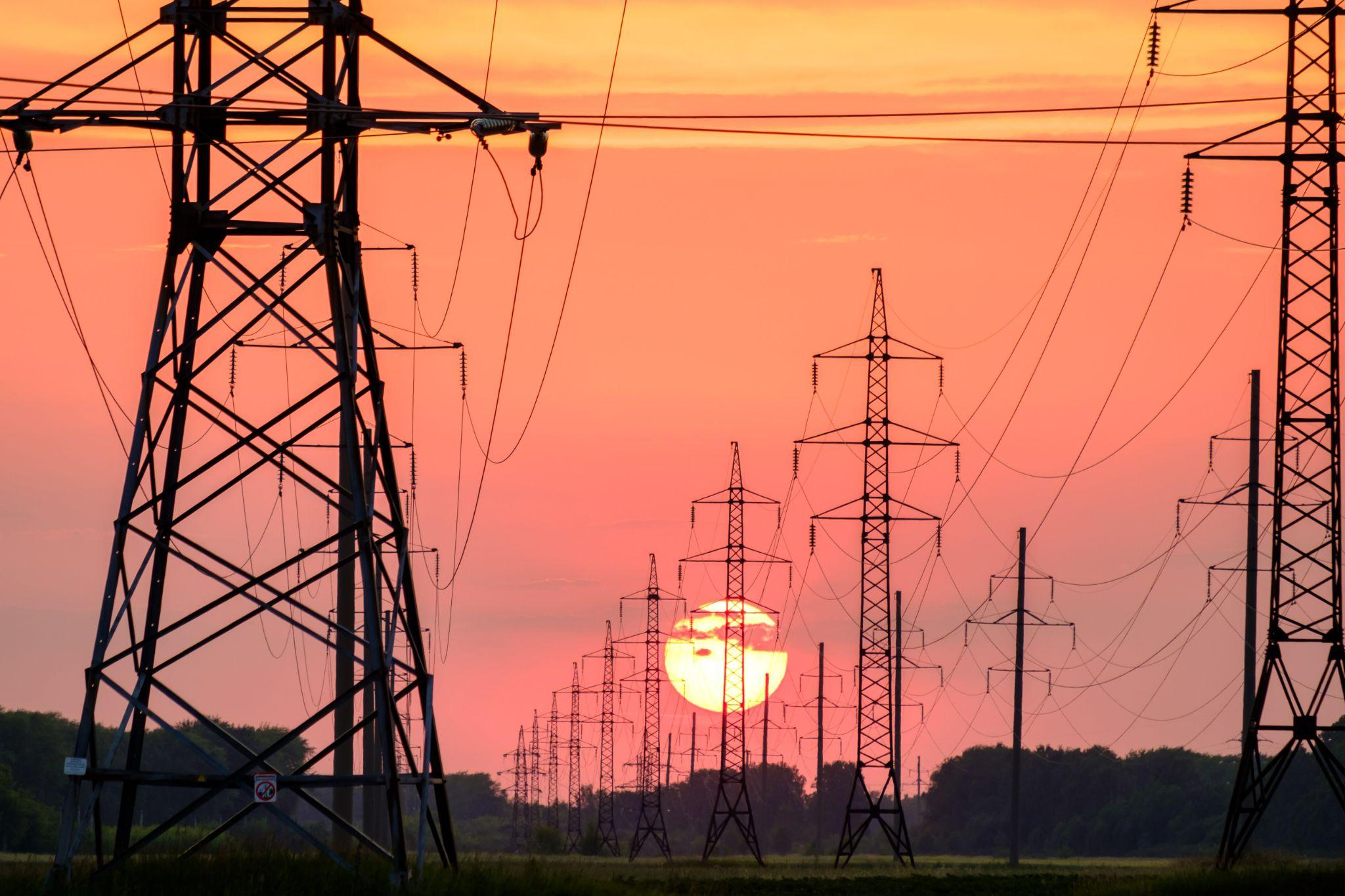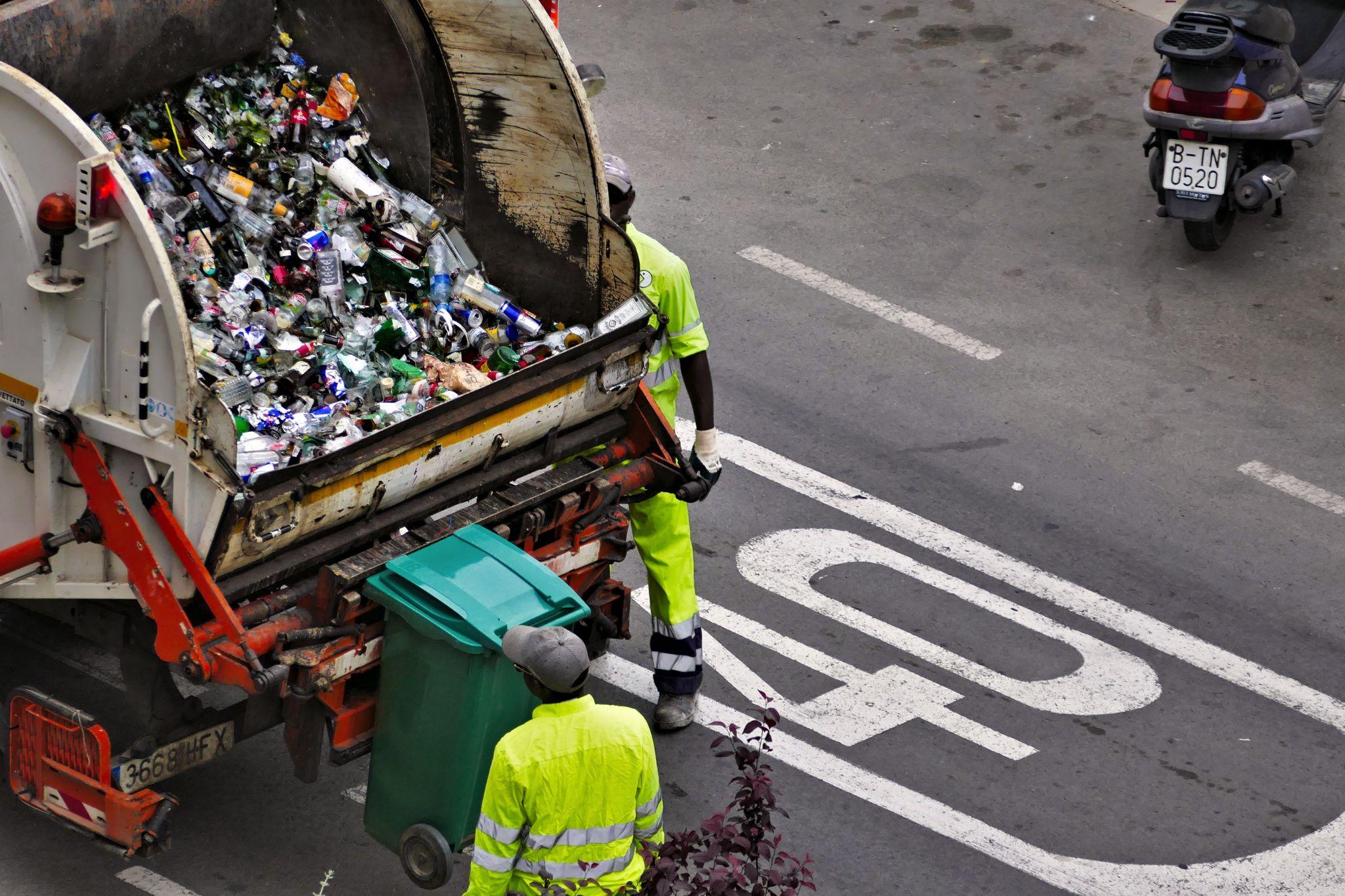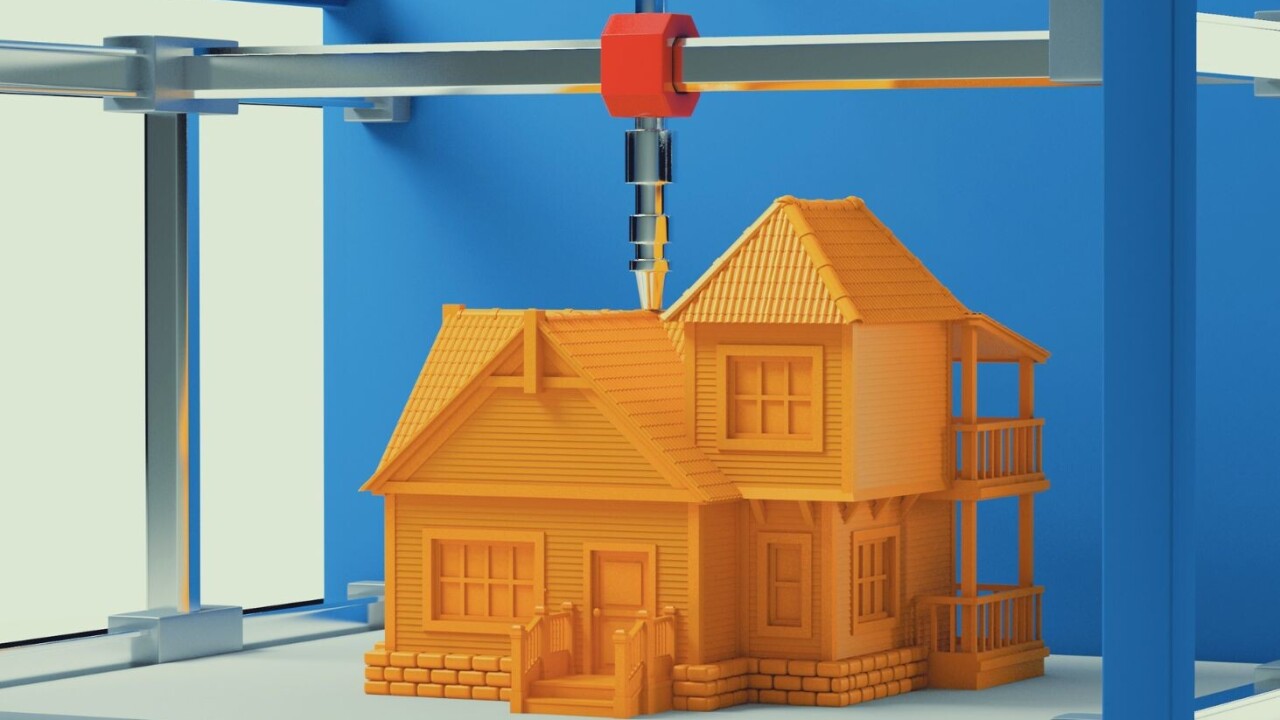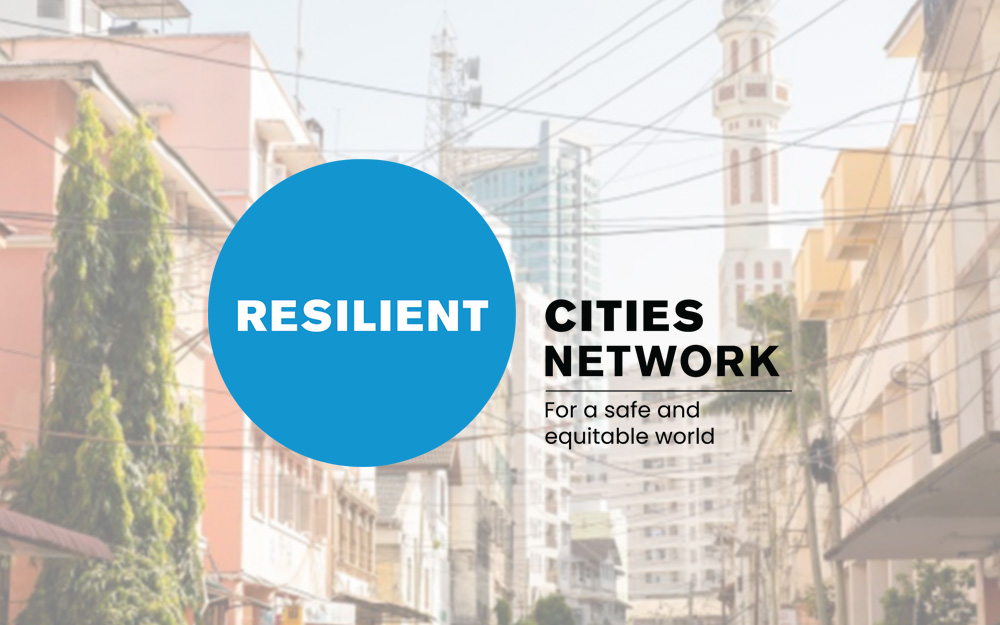Author | M. Martínez Euklidiadas
Piezoelectricity, together with photovoltaics, is seen as one of the options with the most potential in the generation of urban energy. Distributed, clean, it uses the mechanical energy of citizens when walking to power all types of urban elements, from lighting to edge computing devices or IoT. With energy consumption on the rise, this is another way of covering the demand of low consumption electronic components.
What is piezoelectricity and what does it consist of?
Piezoelectricity is a physical phenomenon via which mechanically stressed crystals generate potential differences. Quartz is one of these piezoelectric crystals. By squeezing and stretching it, it generates a slight electrical potential difference between its ends by rearranging its charges. If a cable is connected between them, a usable micro-current can be formed.

Who discovered piezoelectricity?
The fact that piezoelectricity is still a somewhat unexplored phenomenon could lend to believe that it’s a modern discovery, and nothing could be further from the truth. Piezoelectricty was theorized close to two centuries ago by René Just Haüy and Antoine César Becquerel after investigating the pyroelectric effect, by which a material generates an electric potential in response to a temperature change.
Nevertheless, the first demonstration of piezoelectricity wouldn’t happen until 1880, when brothers Pierre Curie and Jacques Curie discovered that applying pressure to crystals such as quartz, topaz, tourmaline and even cane sugar generated electrical charges on their surface.
For years, piezoelectricty would remain a curiosity, until World War I unraveled, and the war effort pushed diverse technologies to their limits. The development of sonar devices, built from quartz crystals, was among the first practical uses for it.
How does piezoelectricity work?
As with any other form of electrical current, the energy generated through piezoelectricity can be used, but its quantity is somewhat limited; it is around 20 watts (in comparison, a mobile phone charges at 15 watts). To use this electricity, electric generators need to be installed in busy areas, such as in the reception area of buildings, a subway platform or the weight machine area of a gymnasium.
To avoid losses through significant distances, the energy channeled with the system is consumed very close to the point at which it is generated. Often within just a few meters. For example, it can power nearby telephone devices.
Is this technology efficient since it generates so little?
The truth is piezoelectric systems are quite robust and sufficiently basic to ensure high durability. Furthermore, the energy cost of manufacturing these panels, compared with more common elements, such as ceramics, (11.1 MJ/kg). is not high.
Imagine if one of these panels has a conventional concrete cover (1.3 MJ/kg) and it weights around 5 kg. Those 6.5 MJ (6,500,000 J) seem like a lot, but even with a generation of 10 W (10 J/s, it would only take 650,000 seconds to amortize the energy investment. That is 180 hours of steps, which is ridiculously low compared with the years or decades that they can last.
Yes, this calculation would have to include mechanical and metal parts, perhaps doubling or tripling those amortization hours. But they are still far below the useful life of the generator. It is a smart urban option.
What could piezoelectric energy be used for?
It is important to think of low-consumption applications. Apart from being used to ignite lighters, piezoelectricity is already being used in pilot projects in which the pavement generates sufficient energy to keep the lights switched on (Pavegen).
Other brands, such as Israel’s Innowattech and the Californian Pyro-e, extract energy form the movement of vehicles on the road. The system is the same, but it is the car that generates energy.
The role of piezoelectricity in the sensorization of smart cities
A rural environment with a low population does not seem like the ideal place for piezoelectricity (in this case a solar floor is more appropriate), unlike densely populated cities.
It is precisely in cities where big data that relates the movement of citizens with its services is particularly relevant, where most data are consumed or where there are edge computing services. These services, as with operators’ virtualized networks ‘bring’ internet services to users, consuming closer to them and less on servers on the other side of the world. And they need to be given energy.
Images | iStock/VTT Studio, Tizeff






















